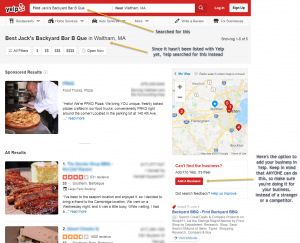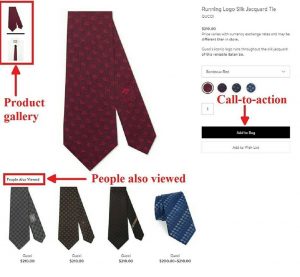As you optimize your employee survey design, it’s important to get a second (and third and fourth) opinion. This can help you figure out whether the survey is really testing what you want it to test, identify ambiguities in the questions or structure, and catch typos or duplicate questions. Here, we’ll break down a few different ways you can test and refine your survey before sending it to employees.
Expert Review
As a first step in refining your survey draft, you may want to show it to experts in survey design and/or in the topics you’re looking to investigate. You’ll want to make sure the questions are set up clearly and logically. If you’re a CultureIQ customer, your account manager is here to help you with this step.
We also recommend reviewing the survey with your “culture stakeholders” – this could be your HR team, your exec team, your culture committee, and anyone else who will be involved in overseeing culture initiatives at your company. Their feedback will help make sure you’re asking the questions you need to get the information you’re looking for.
Test Run
After you’ve checked the structure and content of your employee survey, it’s helpful to get feedback from people who haven’t been working with you on the setup process. This can help you understand the survey experience from the employee’s perspective – how long it takes, overall perceptions of the process, as well as any specific friction points. You can send a preview version of the survey to a few people, have them take it as a test, then ask them a few questions about their experience after the fact.
Here are some questions you might ask your test subjects:
What was your perception of the survey’s length?
Were there any questions you did not understand?
Were there any questions you did not know how to answer?
Did the order of the questions seem logical to you?
Did any of the questions seem redundant?
Did you understand the purpose of the survey?
Did any of the questions seem not to fit with the purpose of the survey?
Cognitive Interviewing
If you have a little more time, and some willing participants, it can be extremely useful to have your test respondents talk you through their thought processes as they read and attempt to answer the questions, stream-of-consciousness style.
This may seem silly, but it gives you a lot of great detail on where any misunderstandings or difficulties could occur when people try to take the survey. Don’t answer their questions or correct them if they get something wrong – the point of the exercise is to understand where the mistakes and questions are coming from, so you can refine those aspects in the final version of the survey.
Here’s an example of what this might look like. The survey taker is reading the question on the preview survey, and then “thinking out loud” to the survey designer.
Q. My manager speaks with me regularly about my performance. (agree-disagree scale)
A. Ok, so my manager, that probably means my direct supervisor, Laura. She does my performance reviews, but those are only twice a year. Technically they are on a “regular” basis, so does that count? She usually tells me when I do a good job, but I wouldn’t say she gives a lot of detailed or constructive feedback. Does “speaks with me about my performance” have to include a constructive element or does stuff like “good job on that project” count? Hmmm… I’m going to say “disagree,” because I feel like this is probably asking about more detailed discussion of performance and not that casual kind of feedback.
Whether or not this respondent ultimately arrived at the intended meaning of this question and answered it in the way you wanted it answered, you can see that they were confused about a number of aspects of the question’s meaning and intention. In order to make it easier for respondents to answer, you’d likely want to clear up some of these points in the question text.
If you’re not getting the feedback you need, you can ask your test survey takers questions like “What are you thinking right now?” or “What do you think this question is asking?”
This test, while more time-consuming than some of the other testing options, helps you identify specific issues survey takers might run into, and zero in on how and why the confusion is arising.
Conclusion
No matter how careful you are in designing your employee survey, it’s likely that there will be some issues that you don’t anticipate, or questions that you intend to mean one thing and employees may interpret to mean something else. That’s why it’s important to get feedback from other people, both those who are involved in the process and those who are seeing the survey for the first time. The results of your tests will help you resolve any ambiguities or sticking points before you start collecting actual results.
Testing your employee survey is well worth the extra effort, and will pay off with clearer and more accurate insights into your company’s culture.
Business & Finance Articles on Business 2 Community(22)





